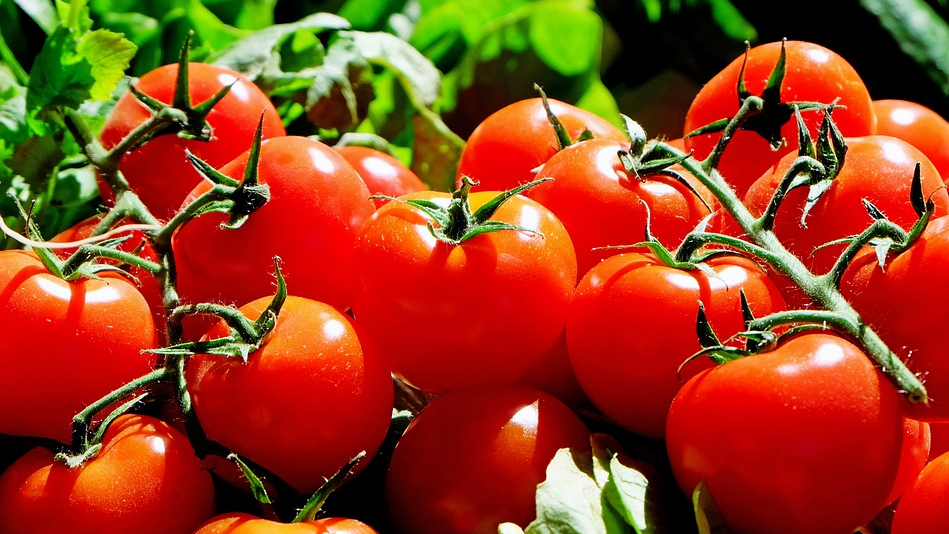
Advertisement
You don’t need a large plot of land or a greenhouse to start your garden. With a little creativity and resourcefulness, you can grow nutrient-rich vegetables like carrots and kale from the comfort of your own home.
Here are just some tips you can follow to start your indoor gardening experience.
Use the right pots
To grow well, indoor plants need well-draining soil.
This means you have two options:
- You can use pots with holes at the bottom so that the water can drain out. Make sure you also have a drainage container under the pot, so the water doesn’t make a mess of your apartment floor.
- Alternatively, you can pile up stones at the bottom of the pot before you add the soil. This allows the water to drain through the stones. This option is best for vegetables grown in bigger pots.
Use the right kind of soil
It is best to use rich and fertile soil so your vegetables can thrive.
You can either buy organic potting soil or make your own, but different plants require different kinds of soil. One option is to get an organic standard potting mix that will net good results with most plants.
Create the best environment for your plants
Ideally, the containers for your indoor garden should be placed in a warm and sunny area. However, if you have bad weather or your windows don’t have access to the sun, you can use grow lights instead.
These will recreate the light and temperature necessary for optimal growing conditions.
6 Vegetables suitable for indoor gardening
Gardeners need not worry about having enough space for a garden. Here are a few vegetables you can grow in even the smallest containers – right inside your own house.
Kale
Kale is a popular superfood you can grow indoors. A benefit of growing kale is that you can harvest the bigger leaves first. The smaller leaves can be left intact for a later harvest.
Steps:
- Plant several seeds in a medium-sized pot, then cover them with 1/2 inch of soil.
- Keep the soil moist.
- Once the kale starts to grow, thin it to one plant per pot.
Tomatoes
Tomatoes are suited for indoor gardens because they can thrive in containers. However, tomatoes require sunlight, and you need to keep your pots near a well-lit window.
Steps:
- Start seeds in a seed flat or an egg carton.
- Transplant the seeds into a large pot after they have grown several inches tall and have sturdy roots.
- Trellis tomatoes with a stake for support.
- Fertilize the plants every two weeks.
Carrots
To cultivate shorter varieties of carrots, you’ll need a container about eight inches deep. For longer types, you’ll need 12 inch-deep containers to allow the vegetables to reach their full size.
Steps:
- Use a moistened organic potting soil mix to fill your container up to one inch from the top of your pot.
- Plant the seeds 1/4 inch deep and keep the carrots moist – but not wet.
- Once the seeds germinate, thin them. Keep each carrot about one inch apart from its neighbor.
Microgreens
Microgreens are easy to grow indoors. They are perfect for home gardeners who want to cultivate a nutrient-rich plant that is not only delicious but also grows fast and only requires a bit of space.
Steps:
- Sprinkle a single crop of mesclun or microgreen seed mixes into a shallow and well-drained container.
- Cover the seeds with soil and keep them moist.
- You can start harvesting your microgreens after the first “true leaves” of the plant grows.
Lettuce
Even beginners can grow lettuce indoors since they require only a bit of space to grow. If you plan to grow lettuce, make sure you have sunny windows for your pots.
When selecting lettuce mixes, opt for those marketed as cutting lettuces or leaf lettuce varieties. Using these types of mixes allows you to harvest the leaves as the plant grows back. This way, you get more lettuce while putting in only half the work.
Steps:
- Start the seeds in a pot or a plastic bag with drainage holes. Fill the pot or bag with moist potting soil, then sprinkle five to 15 seeds on the surface.
- Cover the seeds with 1/8 inch of soil, then mist them with a spray bottle. Make sure the surface is damp but not soaked.
- Put the container by a sunny window or under a grow light. Keep the soil moist.
- Thin the seedlings when they start to germinate. Keep the strongest seedlings and use these to grow fresh lettuce indoors.
Scallions/green onions
Scallions will give any dish an oniony taste, which is great for those who don’t have enough space to grow onions indoors.
Steps:
- Start scallions from seed or buy organic scallions from the grocery store or a farmers market. If the roots are still attached, plant the scallions in the soil. Bury them up to the top of the white bulb.
- Water the plant, then watch them grow.
- Harvest the tops periodically.
By growing vegetables indoors, you can ensure that you’re cultivating truly organic produce. At the same time, home gardening will help you save a bit of money.
Sources:
Advertisements







